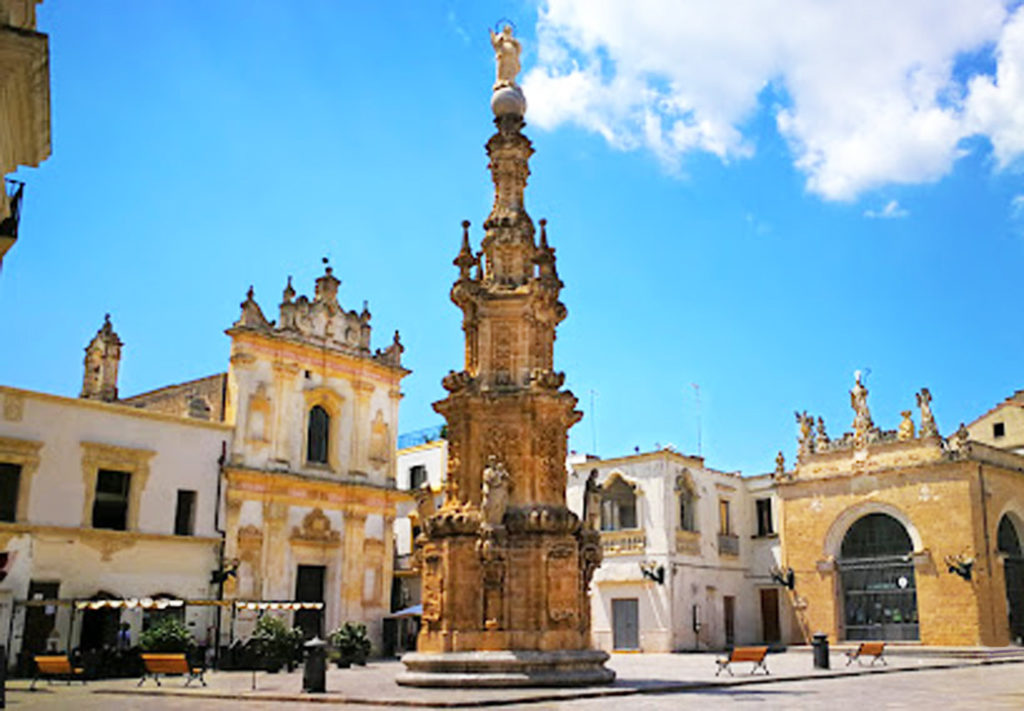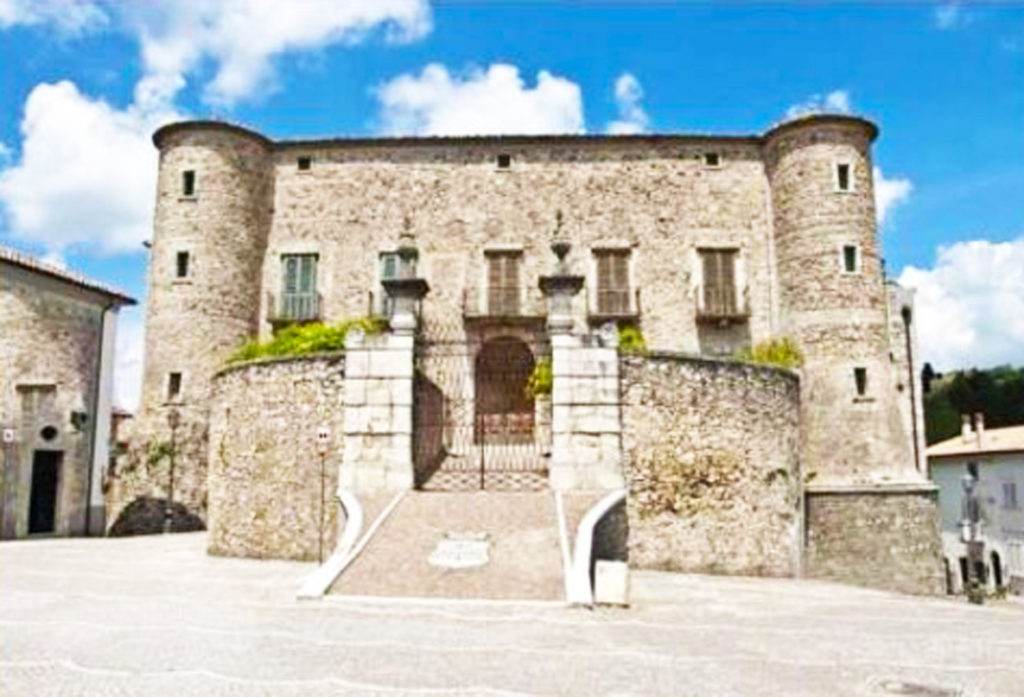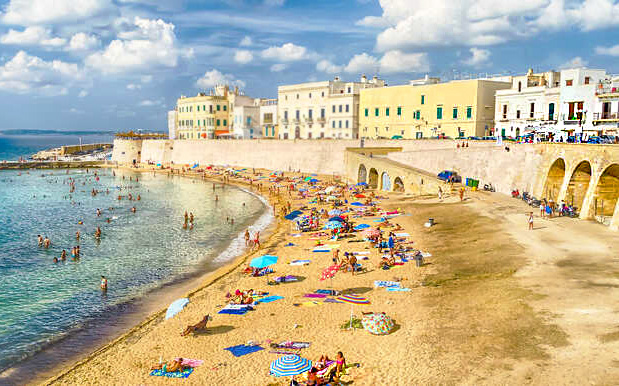Molise, Puglia and Campania
This region of Molise is nestled between Abruzzo to the north and Puglia to the south. It is the country’s second smallest region after Valle d’Aosta. Like a shimmering jewel, it quietly charms visitors who have dared to wander off the usual tourist path. It has golden beaches along the Adriatic Sea, while inland from the coast are twisting lanes leading to medieval hilltop towns which ultimately give way to the majestic Maiella Mountains.
Termoli is the most popular vacation spot in Molise, but it is largely unknown to anyone outside this part of Italy. The town is more modern than one might expect with a long promenade down to the coast and a vast array of excellent seafood restaurants. Jutting out into the sea at the end of the seafront is Borgo Antico, a walled village that dates back to the fifth century. It is beautifully maintained with pastel-colored buildings set around quaint piazzas and narrow walkways. The village is dotted with cafés, galleries and boutique shops. The atmosphere is relaxed, the people delightful and accommodating and you will find that both the sea and beaches are amazing clean.
One of Molise’s hidden treasures are the Roman ruins of Saepinum. Amazingly, the ruins are among the best-preserved, yet least visited in the country. Unlike Pompeii and Ostia Antica, which were both major ports, Saepinum was a small provincial inland town. It was originally established by the Samnites, but it was conquered by the Romans in the third century BC, paving the way for an economic boom in the centuries to come. The walled town retains three of its four original gates and its two main Roman roads. Highlights of any visit include the forum, Basilica and theater, where you will find the Museo della Città e del Territorio.
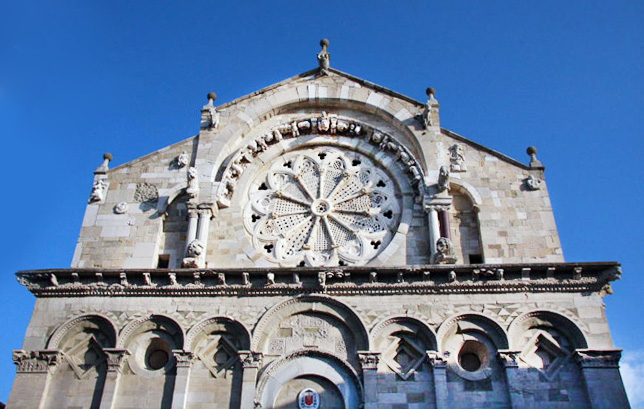
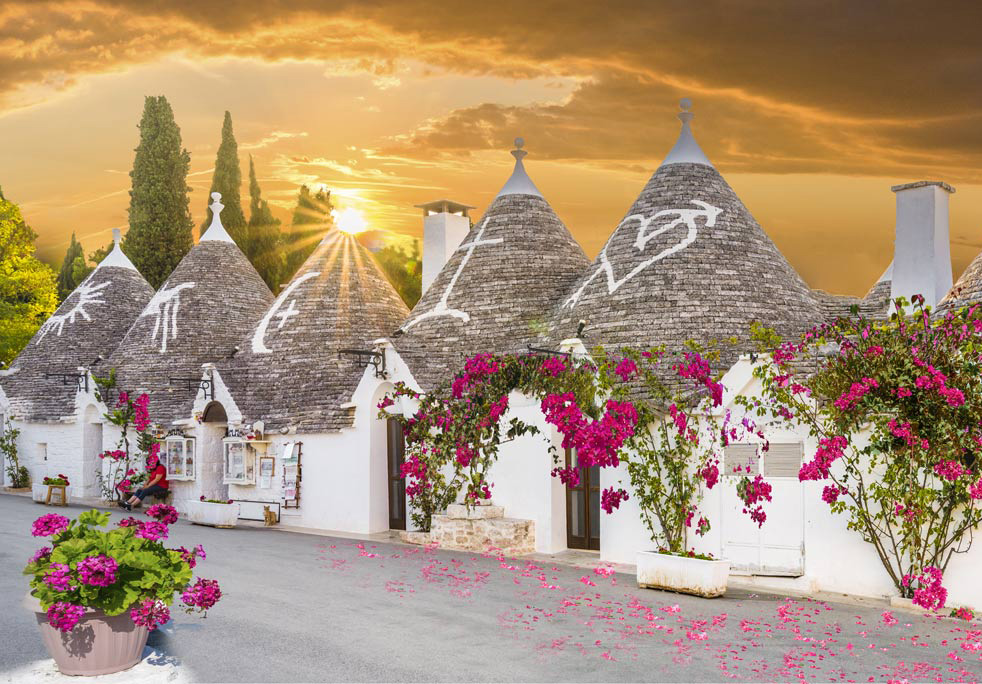
Puglia has become one the ‘hot spots’ for travelers to Italy, but readers of the Italian Tribune have been familiar with the delights of the region for some time. It is an area of immense beauty, with quaint towns and a seemingly endless coastline.
Not far from the city of Foggia, set on the top of a small hill is Troia, a town that is home to one of Puglia’s finest cathedrals with an ornate rose window that is among the most intricate in the world. It was along the route taken by pilgrims and crusaders during the medieval period and the construction of its famed cathedral began in 1093. Primarily constructed in the Romanesque-style, it contains numerous influences, but the result is undeniably beautiful. Entrance to the cathedral is through magnificent 12th century bronze doors with dragon handles. The upper layer façade is elaborate with gargoyles, carvings and the stunning rose window. The segments are finely carved stone grills, each with an impossibly intricate pattern. The town is surrounded by wheat fields and vineyards and a visit provides an excellent opportunity to sample the local products and cuisine.
One of the undiscovered treasures of Puglia is the ancient town of Nardò. Set in the area known as Salento in the southern portion of the region, the historic center of the town is set slightly inland, but extends westward to the Ionian Sea. It is a short distance to the south from Lecce, the provincial capital, known for its distinctive Baroque style of architecture and is called “Florence of the South.” Visitors to Nardò will find the town imbued with the same grand style. Piazza Salandra in the center of the town is regarded as one of the most beautiful Baroque squares in southern Italy. It is the perfect place to soak up period charm. A short walk away is its cathedral and numerous imposing churches of the Lecce Baroque-style. Castello Aragonese, originally a 15th century moated fortress, now houses the civic offices, but while there, make sure to take a walk through its courtyard.
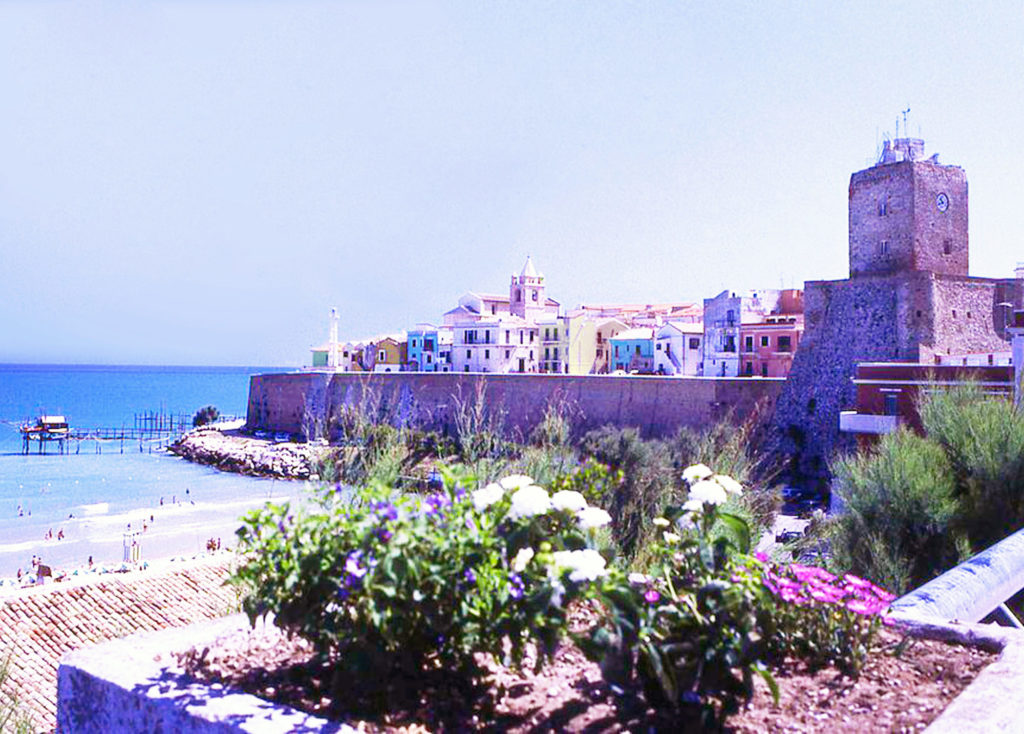
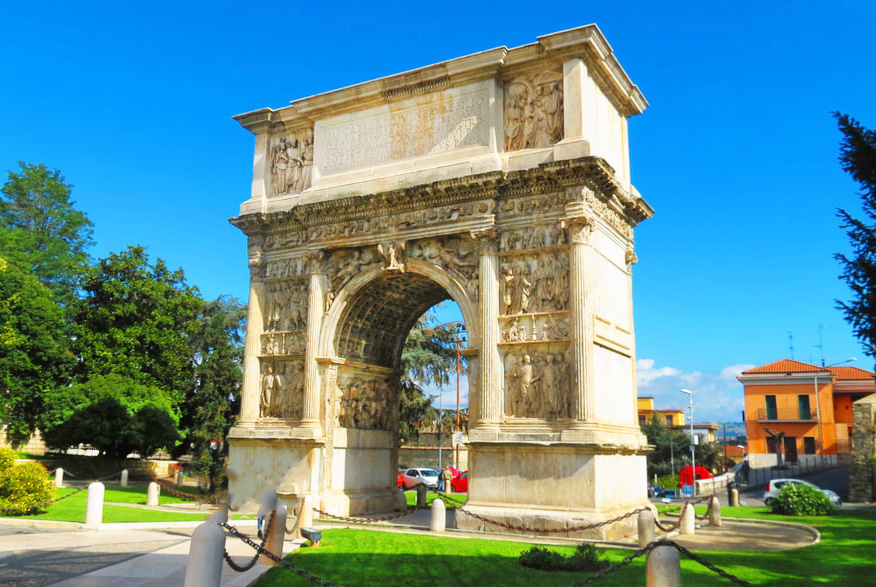
A few miles south of Nardò is Gallipoli, a coastal town that is the cultural heart of the Gargano region. Here you will find stunning natural landscapes filled with dramatic cliffs, unique rock formations and sandy beaches. Gallipoli means “beautiful city” and its Old Town is built on an island that reaches the mainland by way of a 17th century bridge. It is almost completely surrounded by medieval defensive walls, dominated to the east by a fortress dating back to the 1200s and reinforced over the centuries. Although frequently under siege, the town was a prosperous trading port as can be seen by the palazzos and rich interiors of its historic churches, such as Sant Agata Church, well-known for its celebrated Renaissance frescos. It is a fishing village with Italy’s largest catch of sea urchins, which are always on the menu in Puglia.
No description of the charms of Puglia would be complete without a mention of the trulli of Alberobello. These unique structures, with their conical-shaped slate roofs and all white and limestone buildings are familiar to readers of the Italian Tribune and are readymade for exploration. Some of these charming houses have been turned into shops, restaurants, museums and even boutique hotels. Visitors should spend time exploring the streets, then head up to Piazza del Popolo for a great view of the town.
When it comes to the region of Campania, most visitors flock to the Amalfi Coast and tour the ruins of Pompeii. But within the city of Naples, there are many fascinating and beautiful places that are frequently overlooked. In Piazza del Gesú stands the breathtaking Church of Gesu’ Nuovo, an exquisite example of the Baroque-style. Built in 1470, it was originally the palazzo palace of the Prince of Salerno. It was converted into a church four centuries ago and is elegantly decorated in marble and frescoes by Neapolitan masters. Each of its chapels are outstanding works of art and the original dome was the largest in Naples at the time of its construction.
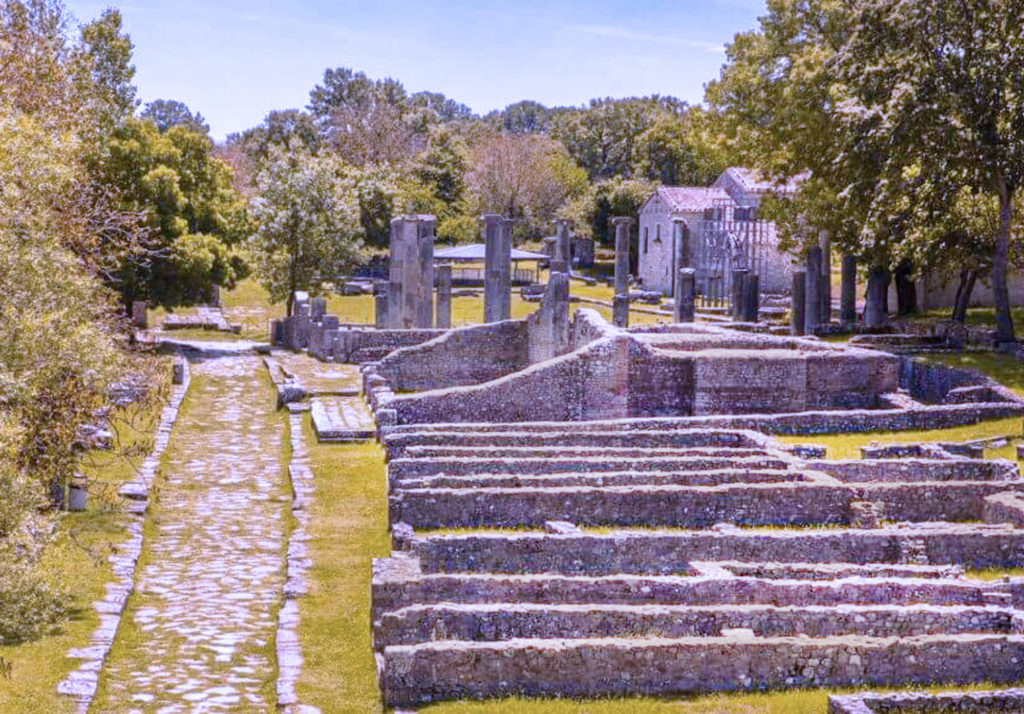
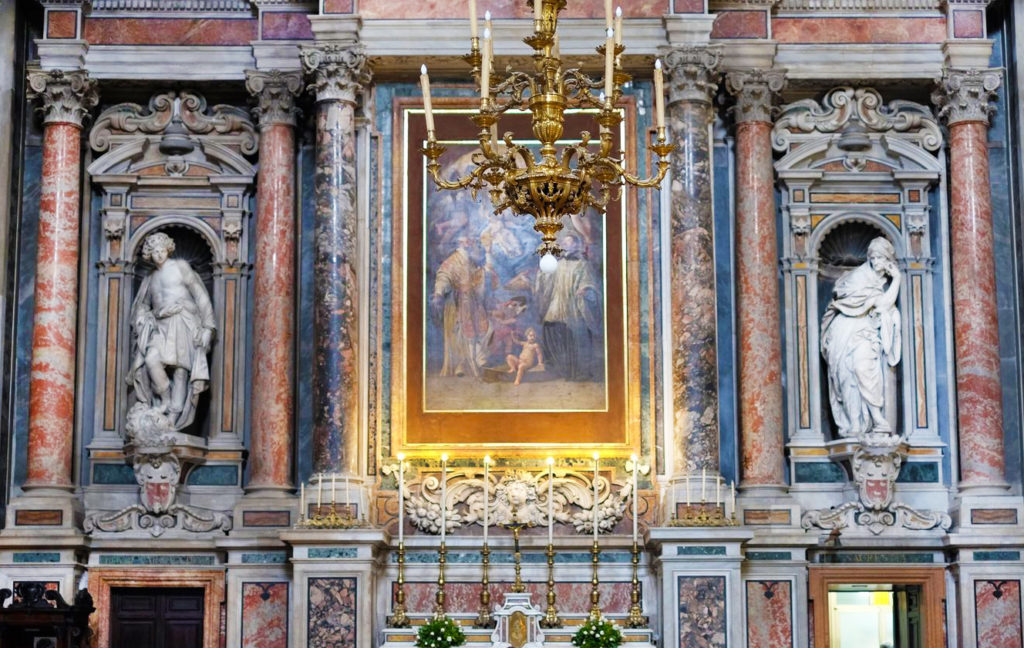
To the northeast of Naples lies Benevento, a beautiful city surrounded by the Campanian Apennines. The Roman era is gloriously represented with a number of important monuments including the Arch of Trajan, built around 114 AD and the impressive Ponte Leproso, so named for a nearby leper colony during the Middle Ages. Visit the Roman Theatre, commissioned by Emperor Hadrian, which is still used for theatrical performances and the Church of St. Sofia, a UNESCO World Heritage Site, once an ancient Benedictine abbey founded by the Lombards. The 14th century Rocca dei Rettori houses the Museo del Sannio, while grand Baroque buildings include Villa dei Papi and the Church of San Bartolomeo.
At the heart of Avellino is the ancient district known as Irpinia, one of the most fertile wine-growing regions in Italy and a true treasure of Campania. For those who seek wine tours, you will find ample opportunities with many castles and medieval building now turned into hotels. Offering locally produced foods and outstanding wines, this area is perfect for getting in touch with the land and enjoying the bounty of the vine. The historic village of Castelvetere sul Calore has modern guestrooms in old stone buildings in the heart of town. In the medieval village of Morra de Sanctis, part of the castle complex was transformed into a bed and breakfast. These are perfect places to stay as you explore the now famous vintages of the area, which include DOCG wines Aglianico, Fiano di Avellino, Greco di Tufo and Falanghina.
